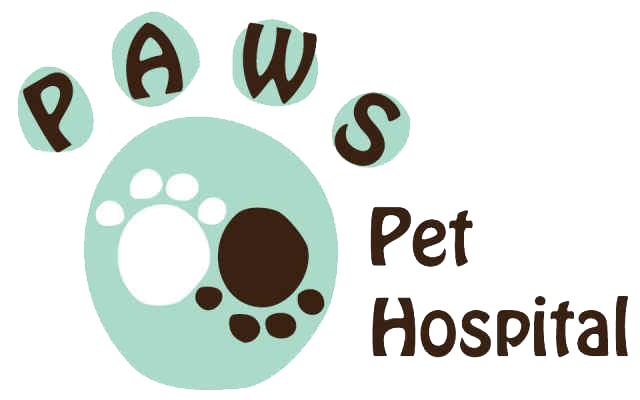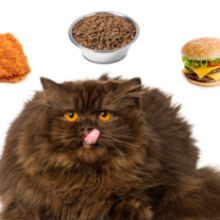Welcome to P.A.W.S. Pet Hospital’s first blog post! Every couple of weeks we will be writing about a topic important to the care of our furry friends. If there are any topics you find interesting or would like to learn more about, contact us and give us a suggestion!
For our first post, we will discuss a topic that is unfortunately often overlooked in our pets- their weight. Believe it or not, just as in humans, obesity is the #1 health issue affecting cats and dogs in the United States with 52.5% of all dogs and 58.3% of all cats being overweight! Just being 2 pounds overweight for the average cat and 5 pounds for the average dog can put them at an increased risk for serious medical conditions. We see a much greater incidence of arthritis, diabetes mellitus, respiratory disease, urinary tract disease, and orthopedic disease such as ligament tears in our overweight patients. Studies have shown the single best thing you can do to increase the life expectancy of your pet is to keep them at a healthy weight!
How do we assess a pet’s weight? Since pets come in all shapes and sizes, we need more than just their weight. We use a system called the Body Condition Score (BCS) to better understand a pet’s overall weight. This is a scoring system on a scale of 1-9. A score of 4-5 is ideal, with any deviation being a 10% change in weight. For example, a dog with a BCS of 6/9 is 10% overweight, while a cat with a BCS of 2/9 is 20% UNDERWEIGHT. There are a lot of variables that go into determining an animal’s BCS. You can read about them here:
Body Condition Score Chart for Cats
Body Condition Score Chart for Dogs
So now you’re probably thinking… “My pet is overweight!!! What do I do?!?!??” Well, no fear- that’s why we are here! The key to getting your pet to a healthy weight is the same as it is for yourself- diet and exercise. By performing a thorough physical exam, a veterinarian is able to accurately determine how overweight a pet is, and what an ideal weight is for them. Based on this, we can develop a diet plan specifically tailored to your furry friend. While reduced-calorie diets are typically a starting point, each animal has its own nutritional needs that need to be considered as well. Regular exercise is of utmost importance as well, as dogs should be going for walks at least twice a day, and indoor cats, who live an increasingly sedentary lifestyle, should have at least 15 minutes of active playtime a day.
Feel free to stop by and use our scale to weigh your pet. We’d love to work with you and your furry friends to come up with a plan and long term goals to allow them to get to and maintain a healthy weight so that they can have many more healthy years to come!
Sean Ross DVM

